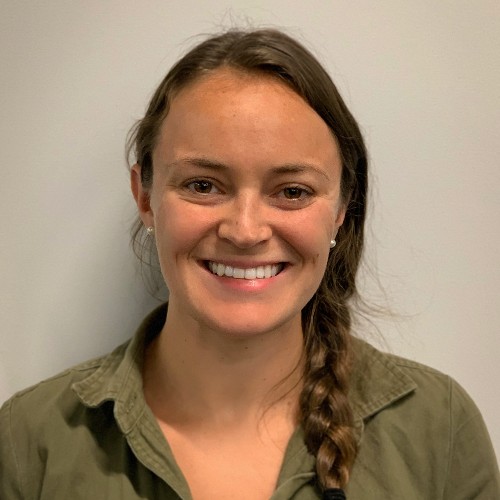 From Trend to Discovery: Temporal Analysis of Contaminants in Watersheds Using High Resolution Mass Spectrometry
From Trend to Discovery: Temporal Analysis of Contaminants in Watersheds Using High Resolution Mass SpectrometryEmerging Environmental Applications for High Resolution Mass Spectrometry
Oral Presentation
Presented by K. Adams
Prepared by K. Oetjen1, K. Adams2
1 - SCIEX, 6390 Joyce Dr, #100, Golden, Colorado, 80403, United States
2 - SCIEX, 500 Old Connecticut Path, Framingham, MA, 01701, United States
Contact Information: [email protected]; 720-601-3908
ABSTRACT
The vast array of emerging organic contaminants and their diverse properties make complete characterization using traditional mass spectrometry methods challenging, thus requiring new analytical approaches with broader molecular coverage. Nontarget screening using high-resolution mass spectrometry (HRMS) is crucial for discovering unknown compounds in environmental samples without prior information - a significant challenge considering that the United States Toxic Substances Control Act lists about 85,000 chemicals. A recent study in Europe demonstrated the power of combining targeted, suspect, and nontarget screening using HRMS in monitoring the Rhine River. This approach identified 90 targeted compounds and 10 major spill events of previously undetected compounds, leading to corrective measures to prevent future pollution. However, this method has not yet been implemented in the United States, and its effectiveness as a monitoring tool in smaller suburban watersheds remains unproven. This presentation will communicate the temporal trends in a small stream (that functions as a popular recreational waterway) using data reduction techniques via enviMass software. Unknown spectral features with distinct temporal trends were identified based on intensity patterns and a comprehensive inventory of chemicals that may impact receiving waters and human health were identified.

